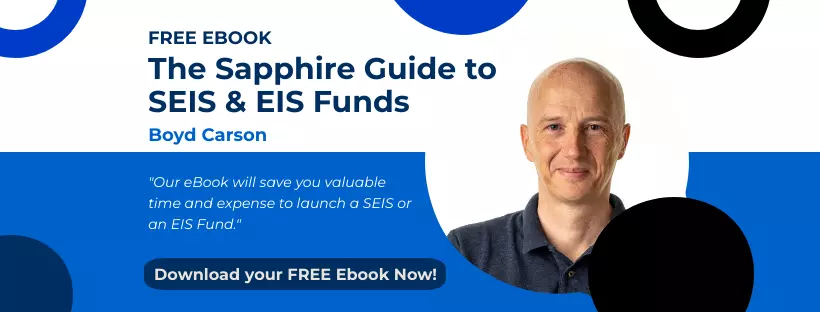
With Reyker Securities PLC (Reyker) going into Special Administration on 8th October 2019 it highlighted the vital importance of selecting an appropriate custodian for the custody and administration of your EIS funds. As can be seen by the demise of Reyker the appointment of Special Administrators means that clients and fund managers will not have access to monies and assets for many months. This may have an effect upon your reputation within the market including your investors and potential clients going forward. The selection, therefore, of an appropriate and financial stable custodian becomes a significant and major decision for any fund manager.
This article will aim to make this selection process clearer and quicker to ensure you have the best EIS custodian for your requirements.
At its simplest an EIS custodian & administrator is a financial institution that holds customers assets on behalf of the Fund Manager for the beneficial owner; the investor. Thus, the main responsibility of the Custodian is to physically hold the assets, whether in paper or nominee form, client money, account for them, report these holdings to the fund manager & investor and to execute the required transactions.
This is their core service and when deciding which custodian is right for you and your Fund. You should consider the questions below before making your selection:
Do they hold the appropriate permissions from the Financial Conduct Authority (FCA)? Confirm that the custodian is able to hold client money; that they are authorised to carry out this regulated activity; they are able to safeguard and administrate the assets plus have the capability to transact your instructions? How are they progressing on the implementation of the Senior Managers and Certification Regime?
Is the Custodian a stable and secure company and unlikely to go into special administration? This assessment will be dependent upon looking at the accounts of the company, any financial updates they may have provided to the market and reviewing the composition of the Board including their plans for the future. This information is easier to obtain and assess for a listed company then an unlisted entity.
In addition, as you are placing your complete trust in your custodian to look after the assets. You must understand their reputation within the market and including the level of customer service. For example find out whether they have received outside recognition for their offering, this may include awards for customer service and how well known they are within the sector. Moreover, a good indication of the future service you are likely to receive is to ask investment managers that utilise that custodian already their thoughts on the expertise and competencies of that provider. A general theme will usually develop on the capabilities and its reputation.
Do they offer the services you require? Most EIS / SEIS investments are in unlisted securities, however, some can be AIM listed companies. Does your custodian have the capability to deal with listed securities including placings and those companies that may graduate to the AIM? If your investments are likely to be on or progress onto the AIM then you need to select a custodian that has the capability to deal with this eventuality. Even, if they profess this capability then ascertain whether a sub-custodian is used for listed stock. If this is the case then you will need to ask the same questions about the sub-custodian as you would have of the custodian.
Are the proposed fees charged transparent? Not all custodians explain their charges in detail. Is the administration fee inclusive or do you have to pay more or the investor for a bank transfer, an ad-hoc valuation or a pay out by cheque? The initial charge may seem lower but may be higher over time depending upon how you operate.
Are the proposed services value for money? Determine what services the custodian is providing for you and understand the pricing offered by various providers so you can compare like for like and ensure you get value for money. Determine whether they will provide more than the custodian services offered. When reviewing your proposed relationship do you want to be a big client for a small custodian or vice-versa? Each has advantages but always think if the fund gains more subscriptions then you initially hoped does the custodian have the capability to deal with these increased flows and additional work that this could generate?
Can they cope with international transactions? EIS qualifying companies are only required to have a permanent UK establishment so may have offices in other countries or a prospective purchaser may be overseas based meaning that transactions may have to be conducted in a foreign currency. Verify whether your custodian has the capability to deal with international deals.
Is the custodian’s technology compatible? Each custodian has its own technology. It is important to seek a custodian that offers flexible solutions that will help you run your operation more efficiently or better. Make sure you choose a provider that helps your business operate and grow.
Nothing is permanent. Remember to insist on an annual review to evaluate the past year’s performance with the custodian relationship manager. While it can be a hassle to change custodian if the relationship does not work ensure that the contract gives you the capability to leave within a reasonable period without penalties. Nothing is forever.
Your selection of a custodian is an extremely important decision and their sustainably and capabilities will reflect upon you. Thus, ask as many questions as you want and research thoroughly because a rushed decision or an inappropriate selection may have unforeseen consequences.
Special thanks
Special thanks to Paul Richardson of The Share Centre for contributing this article to the Sapphire Capital Partners Moneylab blog.



